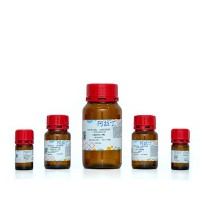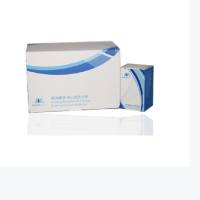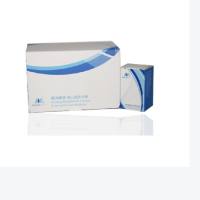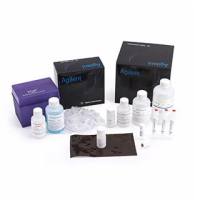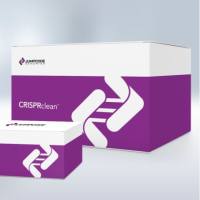Construction of Oligonucleotide Microarrays (Biochip) Using Heterobifunctional Reagents
互联网
545
A number of hetero- and homobifunctional reagents have been reported to immobilize biomolecules on a variety of supports. However, efforts are on to search for a method, which is relatively simple, involving minimum of steps, cost effective, easy to reproduce, and that produces stable oligonucleotide arrays. Two new reagents, viz., [N-(2-trifluoroethanesulfonatoethyl)-N-(methyl)- triethoxysilylpropyl-3-amine], and [N-(3-trifluoroethanesulfonyloxypropyl)anthraquinone-2- carboxamide] have been designed considering the above points. These reagents contain different functional groups at their two ends. In [N-(2-trifluoroethanesulfonatoethyl)-N-(methyl)- triethoxysilylpropyl-3-amine], one end (triethoxysilyl) is capable of binding to the virgin glass surface and the other one consists of trifluoroethanesulfonate (tresyl) function specific toward aminoalkyl and mercaptoalkyl functionalities, which are easy to introduce at the 3′- or 5′-end of oligonucleotides. Likewise, in [N-(3-trifluoroethanesulfonyloxypropyl)anthraquinone-2- carboxamide], one end consists of photoactivatable moiety (anthraquinone) capable of reacting to a C-H containing surface and the tresyl function at the other end reacts specifically with aminoalkyl and mercaptoalkyl functionalities in modified oligonucleotides. These reagents have successfully been utilized to construct a number of oligonucleotide arrays and subsequently used for the detection of mismatches.


